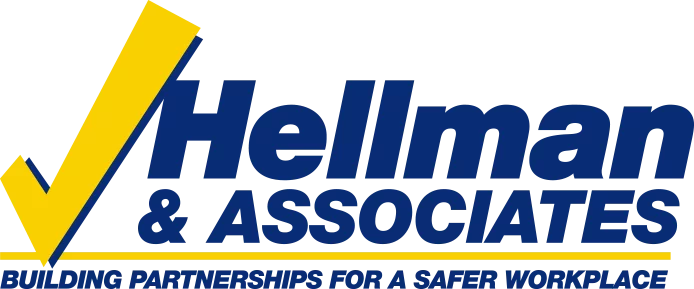Powered Industrial Trucks (PITs) include several types of equipment used to push, pull, lift or stack materials such as forklifts, pallet trucks, fork trucks, powered pallet jacks, order pickers, etc. To keep it simple, we’ll call them forklifts. Forklift accidents cause approximately 100 fatalities and 36,340 serious injuries in general industry and construction annually. Causes of fatal accidents include overturned forklifts, being struck by the forklift or the load being carried, falls from a forklift, and others. Because of this, it is critical that employees are properly trained and aware of the safety requirements for forklifts.
Forklift Operator Certification Requirements
Every forklift operator must complete certification training which includes three parts:
- Formal instruction – to educate operators on truck-related topics required by OSHA;
- Written test – to ensure the operator’s understanding of the instructional content; and
- Operator evaluation – a driving test to ensure operators know how to operate the types of lifts to be used and are comfortable with them.
Operators must be re-evaluated and re-certified at least every 3 years after initial training.
Safe Operating Tips & Reminders
- Daily forklift inspections are required to ensure safe use and operation. Inspections should be performed at the start of the shift when the forklift will be used.
- Inspections should include monitoring of fluid levels, leaks, tire conditions, load backrest extension, finger guards, safety decals, onboard operator manual, operator compartments, and any safety devices on board.
- An operational inspection should take place immediately after the visual inspection and should consist of operational function checks. These checks involve inspecting the accelerator linkage, brakes, steering, drive control, tilt control, hoist control, attachment control, horn, lights, back-up alarm, hour meter, and unusual noises or vibrations.
- A vehicle in need of repair, defective, or potentially hazardous should be taken out of service until the proper repairs are made. Any issues should be documented and reported to a supervisor.
- Always wear the seatbelt or safety restraint. This keeps you in the forklift in the event of a tipover!
- Use the horn as often as necessary and ensure all other warning alarms are functioning.
- While moving a load, be cautious of tip-overs and dropped loads.
- Always be on the lookout for pedestrians and other vehicles to avoid collision.
- While lifting a load, check to see if the clearance is acceptable and if the load could get stuck/fall.
- Always be cautious of loading docks and avoid situations where the forklift could fall off the dock. Chock trailer wheels!
- The most common cause of PIT injuries is overturning. If your lift starts to tip, DO NOT jump out.
- Lean away from the fall path.
- Brace your hands on the steering wheel.
- Brace your feet on the floorboard.
- Do not move until the lift has stopped moving and it is safe to slowly and carefully exit.
